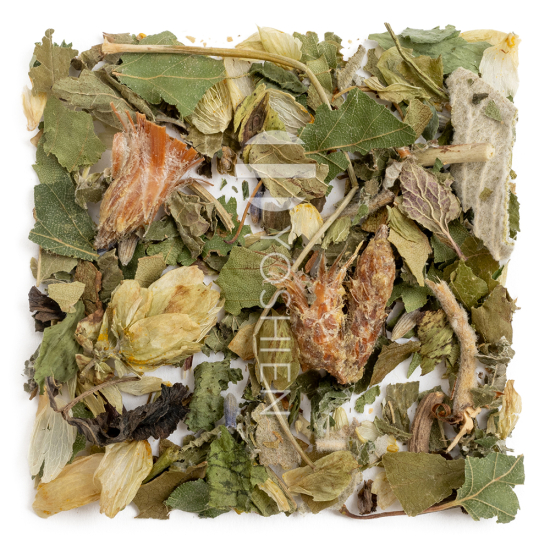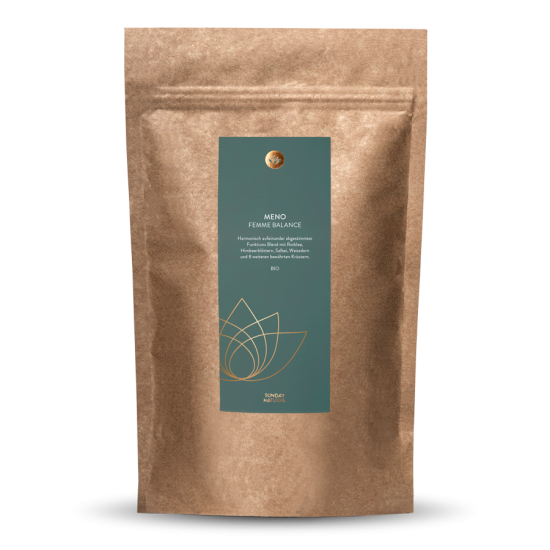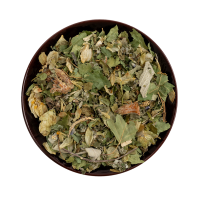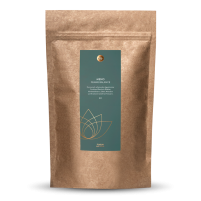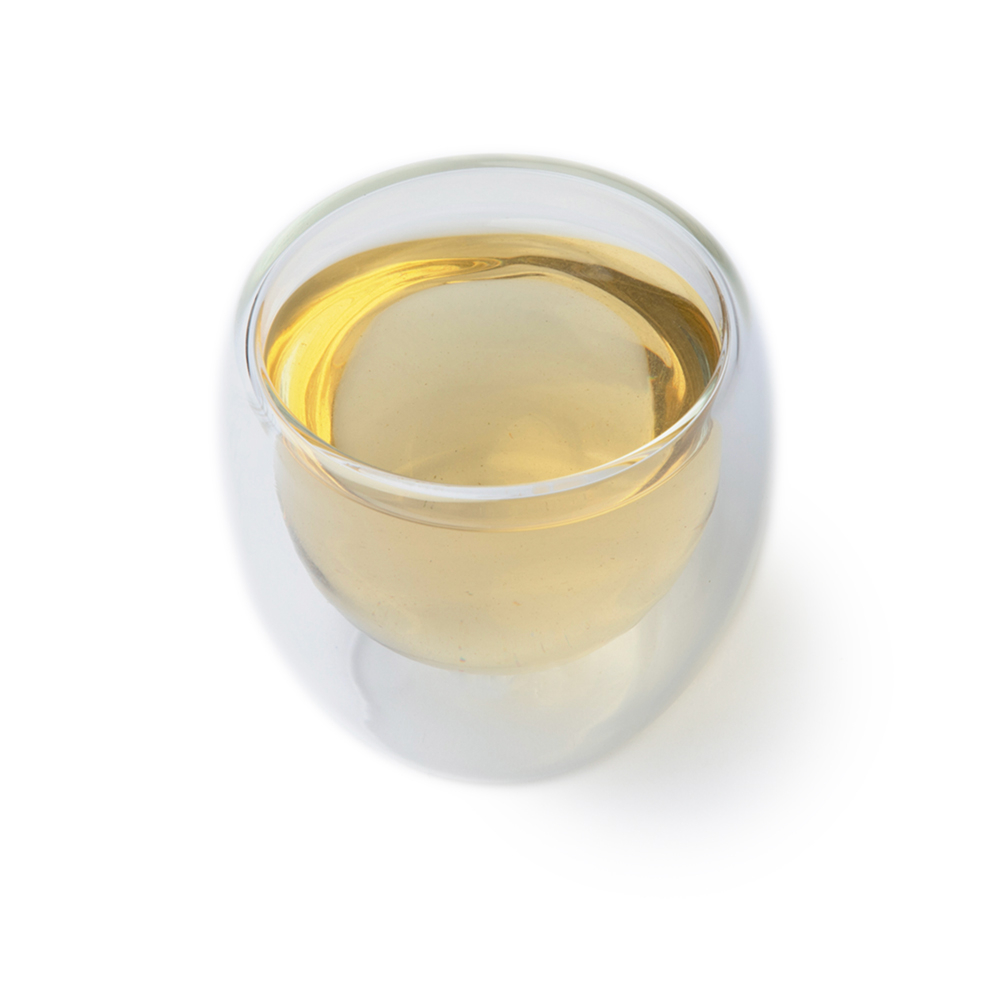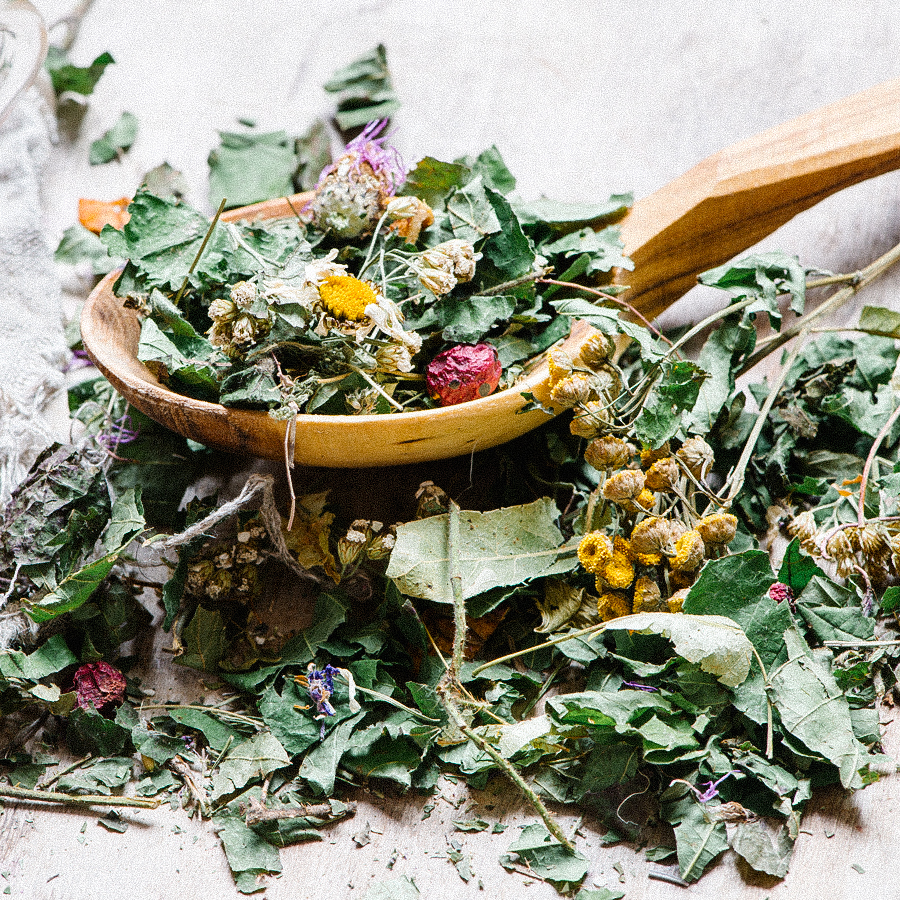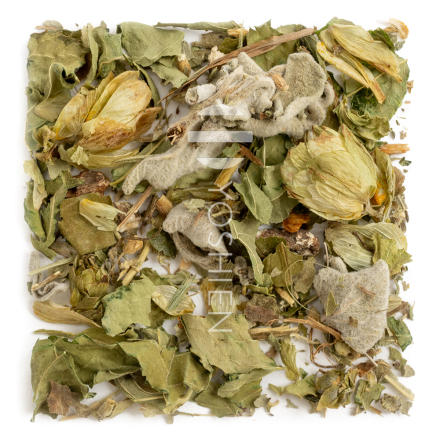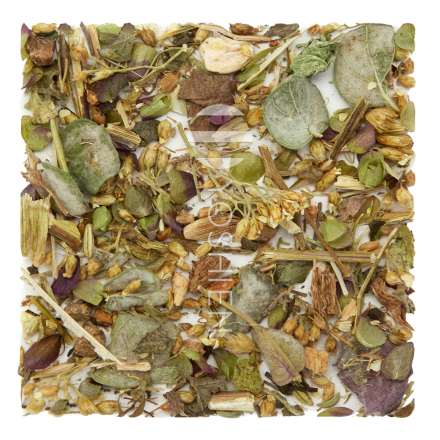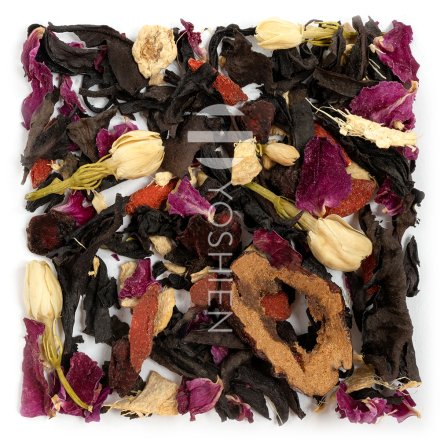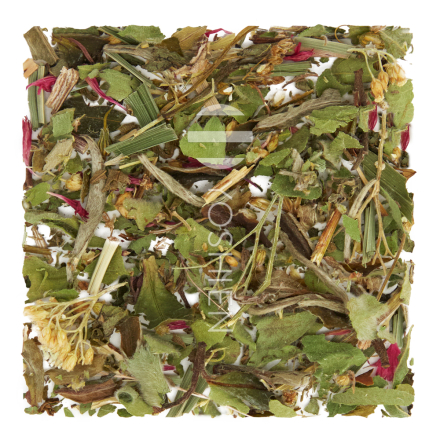Hawthorne
The hawthorn (Crataegus) is a member of the rose family and belongs to the pome fruit plant genus. Its main distribution is in North America, but some of the 300 species can also be found in Europe. Hawthorn was often planted as a protective hedge to mark field boundaries as well as contain livestock.
Birch Leaves
The birch tree (Betula pedula) belongs to the birch family (Betulaceae). There are around 40 species of birch whose distribution extends from Central Europe to Asia and America. The silver birch is known in the European tradition as the "spring tree" and stands out due to its black and white bark. Both the leaves and the bark of the tree have long been employed for both internal and external applications.
Raspberry Leaves
The raspberry (Rubus idaeus L.) is an agricultural crop with a rich history dating back at least 2000 years to the Greeks and Romans – archaeological evidence even suggests that both the fruits and leaves were used as far back as the Stone Age. Monks and herbalist priests of the Middle Ages also cultivated raspberries in their monastery gardens. Renowned for its delicious fruits, the plant's leaves are also used in traditional herbalism for tea. The raspberry plant belongs to the rose family and thrives in forest clearings or clear-cuts up to 2000m above the timberline in the boreal zones of the northern hemisphere.
Goldenrod
Goldenrod (Solidaginis virgaureae) is an agricultural crop which has been recognised for its various uses for centuries. The introduction of goldenrod to Europe took place in the 17th century, and since then, it has thrived as an invasive neophyte in the sparse forests and dry woodland meadows of Europe and North America. This medicinal plant, which announces the end of summer with its vibrant yellow flowers, can also be used as a natural dye.
Hops
Hops (Humulus lupulus) originate from Eastern Europe and Western Asia. They require nutrient-rich, deep soils and sheltered locations along forest edges, fences, and hedgerows, up to altitudes of 1,000 metres. Hops belong to the cannabinoid hemp family, and their properties are deeply embedded in the inviolable brewing laws of beer. As a medicinal herb, hops were already in use during the time of Hildegard of Bingen.
Lemon Balm
Lemon balm (Melissa officinalis) is originally a plant from southern Europe. Like many herbs from warmer regions, it was first cultivated in monastery gardens before spreading across Europe. Due to its versatile uses, it quickly became a popular aromatic herb throughout Europe. This perennial plant begins to sprout from the ground in March and can grow up to 70 cm tall by July, easily recognisable by its distinctive scent.
Sage
Sage (Salvia officinalis) belongs to the mint family (Lamiaceae). It is found worldwide, except in Antarctica and Australia, and is one of the most species-rich genera among flowering plants. Valued by herbalists since ancient times, sage remains an indispensable part of both culinary traditions and herbal medicine.
Valerian
Valerian (Valeriana officinalis) is found throughout almost all of Europe. It grows along the banks of streams and ditches, in damp meadows, and at the edges of forests. It is a perennial plant, meaning it regrows each spring. Thanks to its abundance of plant compounds, it has a wide range of uses and was already in use in ancient times. This is also reflected in its name: the botanical name of true valerian, Valeriana officinalis, derives from the Latin word valere, which means "to be healthy".
Pine Buds
Pine buds (Pinus sylvestris flos) are harvested together with the first shoots in May. Native to the Northern Hemisphere for thousands of years, this tree is valued not only for its abundant timber. In both antiquity and Celtic herbal traditions, its strength secured it a firm place in the respective botanical knowledge of the time.
Lavender
Lavender (Lavandula angustifolia) is a distinct plant genus within the mint family (Lamiaceae). Originally native to the coastal regions of the Mediterranean, lavender was also cultivated north of the Alps by Benedictine monks and can now be found in gardens throughout Europe.
Cinnamon
The cinnamon tree (Cinnamomum zeylanicum) is a member of the laurel family and is renowned not only in its native Southeast Asia for its wide range of uses. As early as 2000 BC, the Egyptians used it for embalming, and in China and India, it has been employed since time immemorial to treat a variety of ailments. The cinnamon tree must grow for several years before the trunk is cut. The young shoots that then emerge are harvested and peeled after another two years. The bark naturally curls into the familiar form we recognise as cinnamon sticks.



